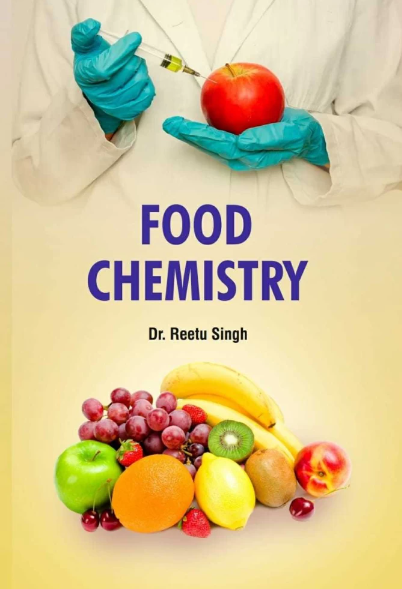利用光谱技术和多变量分析评估运动补充剂肌酸的真实性
IF 8.5
1区 农林科学
Q1 CHEMISTRY, APPLIED
引用次数: 0
摘要
肌酸是全球消费量最大的补充剂。尽管研究证实其安全性和有效性,但掺杂有害物质会给消费者带来严重的健康风险。本研究旨在利用光谱技术和化学计量学分析,开发评估肌酸补充剂纯度的方法。共收集了 149 份样品,并使用高效液相色谱 (HPLC)、中红外 (MIR) 和近红外 (NIR) 光谱进行了分析。高效液相色谱分析确定了 117 个纯样品和 32 个掺假样品。为预测肌酸浓度和将样品分为纯品和掺假品而开发的模型取得了显著效果,中红外和近红外光谱的准确率超过 95%。研究结果表明,高效液相色谱法、近红外光谱法和近红外光谱法与多元分析相结合,可有效验证肌酸补充剂的真伪并准确预测其浓度。本文章由计算机程序翻译,如有差异,请以英文原文为准。
Assessing the authenticity of the sport supplement creatine using spectroscopic techniques and multivariate analysis
Creatine is the most consumed supplement worldwide. Despite studies confirming its safety and effectiveness, adulteration with harmful substances can pose serious health risks to consumers. This study aimed to develop methods for assessing the purity of creatine supplements using spectroscopic techniques associated with chemometrics analysis. A total of 149 samples were collected and analyzed using high-performance liquid chromatography (HPLC), mid-infrared (MIR), and near-infrared (NIR) spectroscopy. HPLC analysis identified 117 pure samples and 32 adulterated samples. The models developed for predicting creatine concentration and classifying samples as pure or adulterated yielded significant results achieving an accuracy of over 95 % for MIR and NIR. The findings demonstrate the effectiveness of HPLC, MIR, and NIR, in conjunction with multivariate analysis, for verifying the authenticity of creatine supplements and accurately predicting their concentration.
求助全文
通过发布文献求助,成功后即可免费获取论文全文。
去求助
来源期刊

Food Chemistry
工程技术-食品科技
CiteScore
16.30
自引率
10.20%
发文量
3130
审稿时长
122 days
期刊介绍:
Food Chemistry publishes original research papers dealing with the advancement of the chemistry and biochemistry of foods or the analytical methods/ approach used. All papers should focus on the novelty of the research carried out.
 求助内容:
求助内容: 应助结果提醒方式:
应助结果提醒方式:


